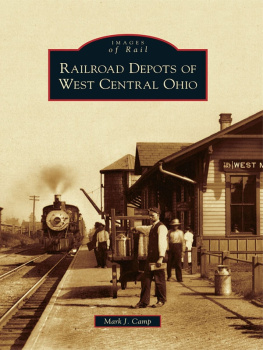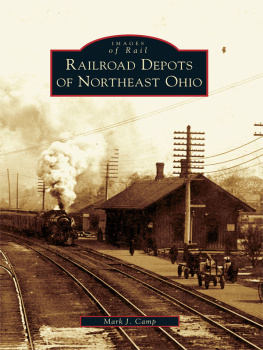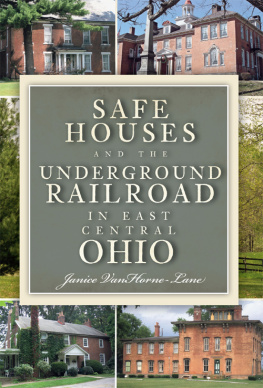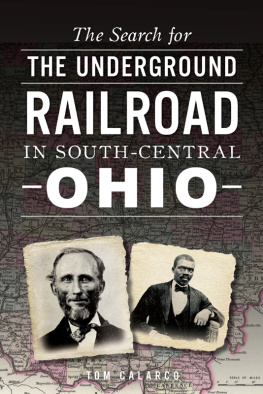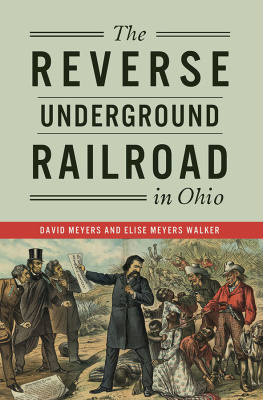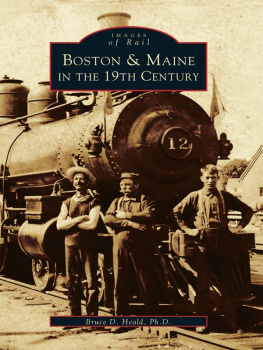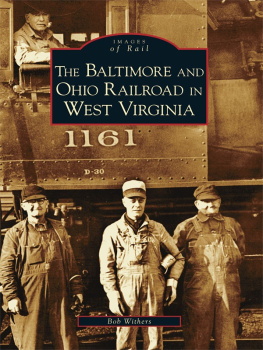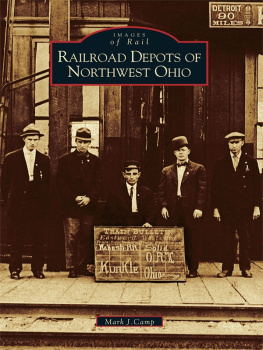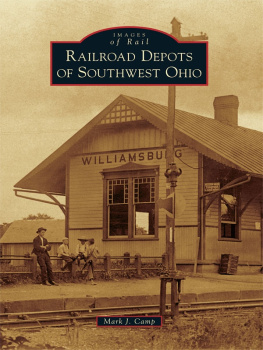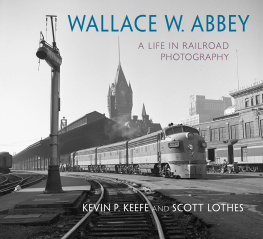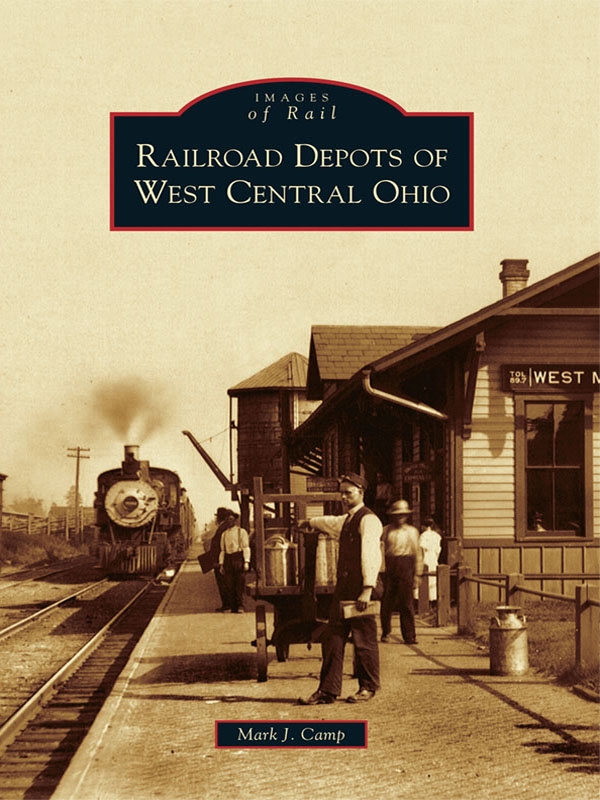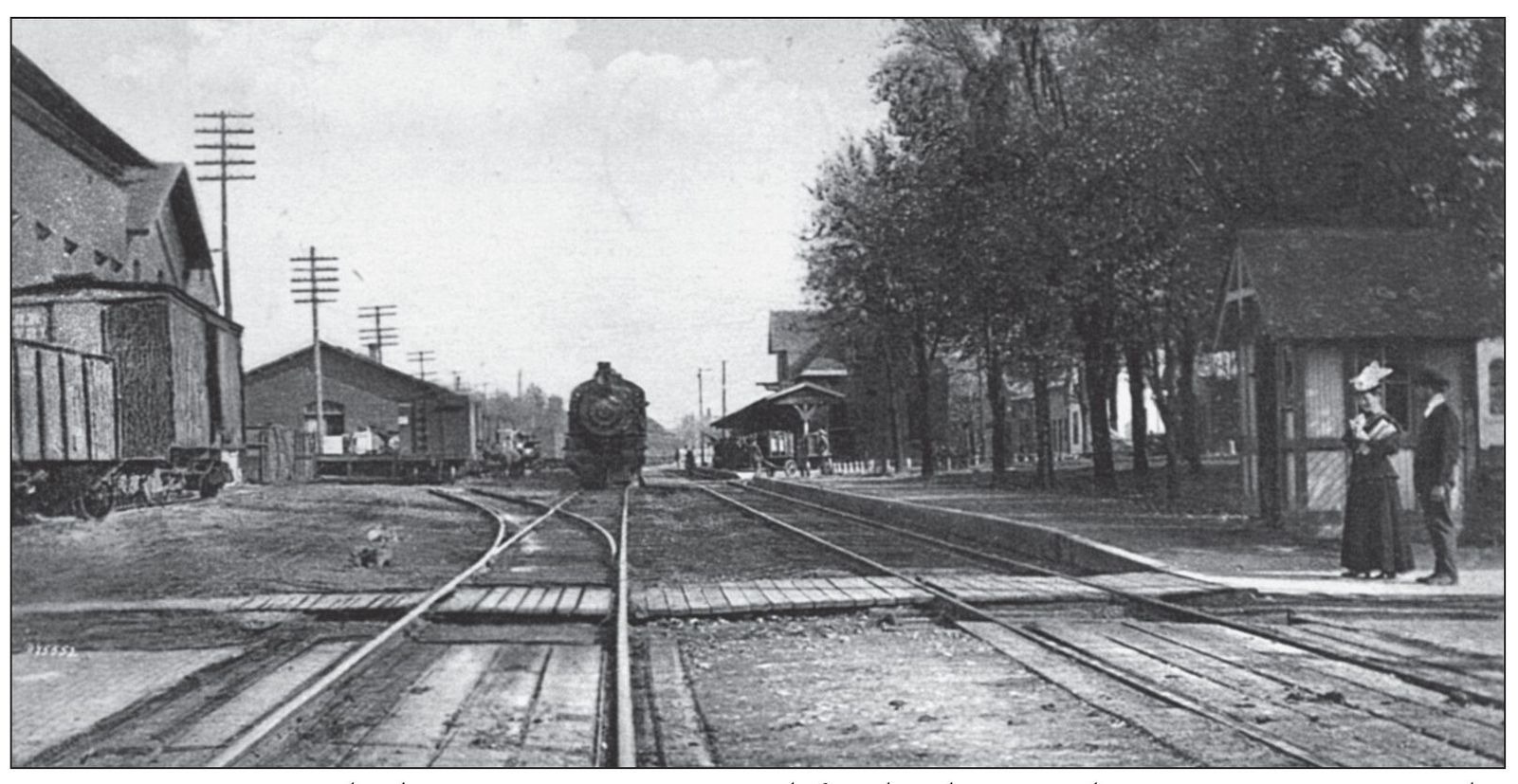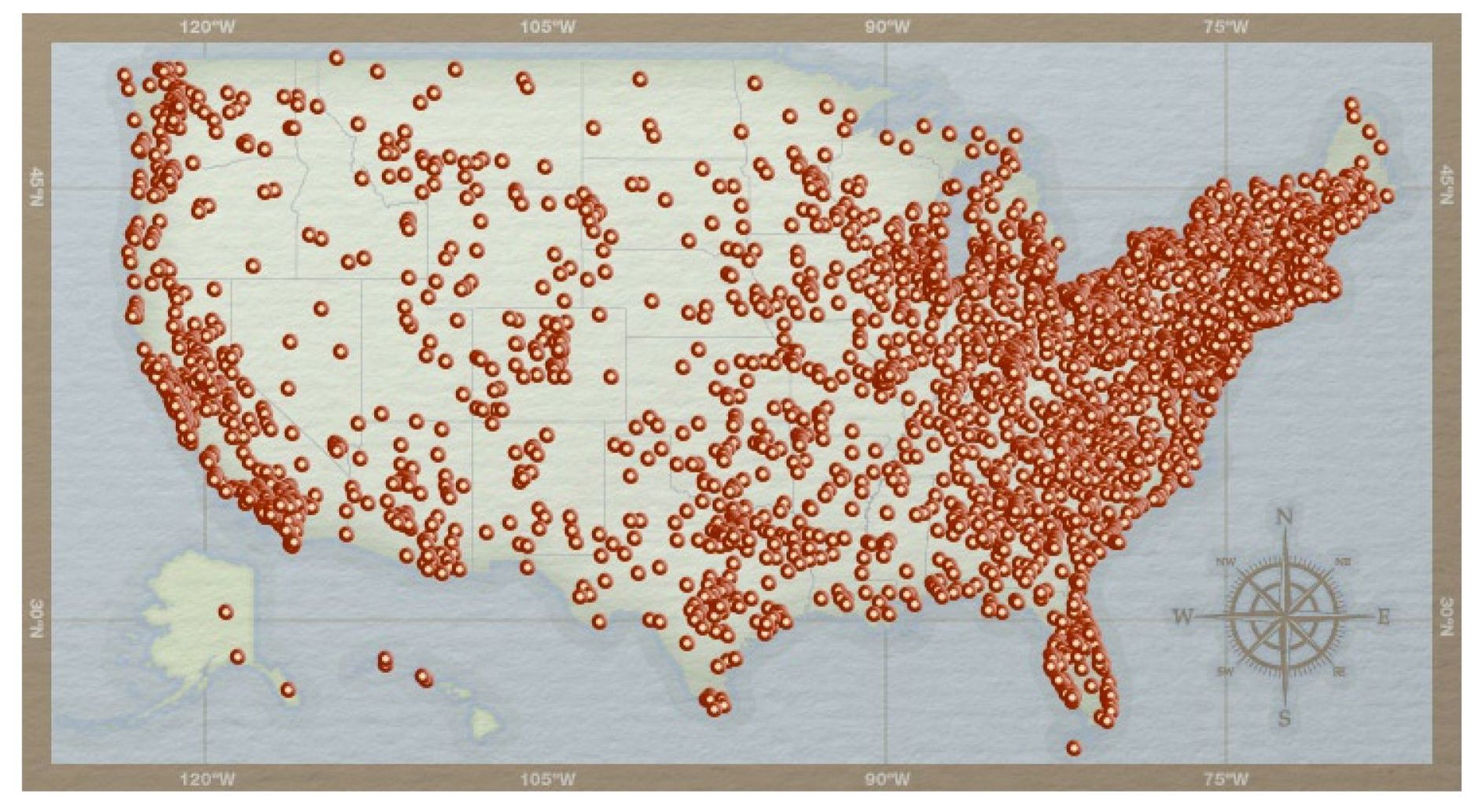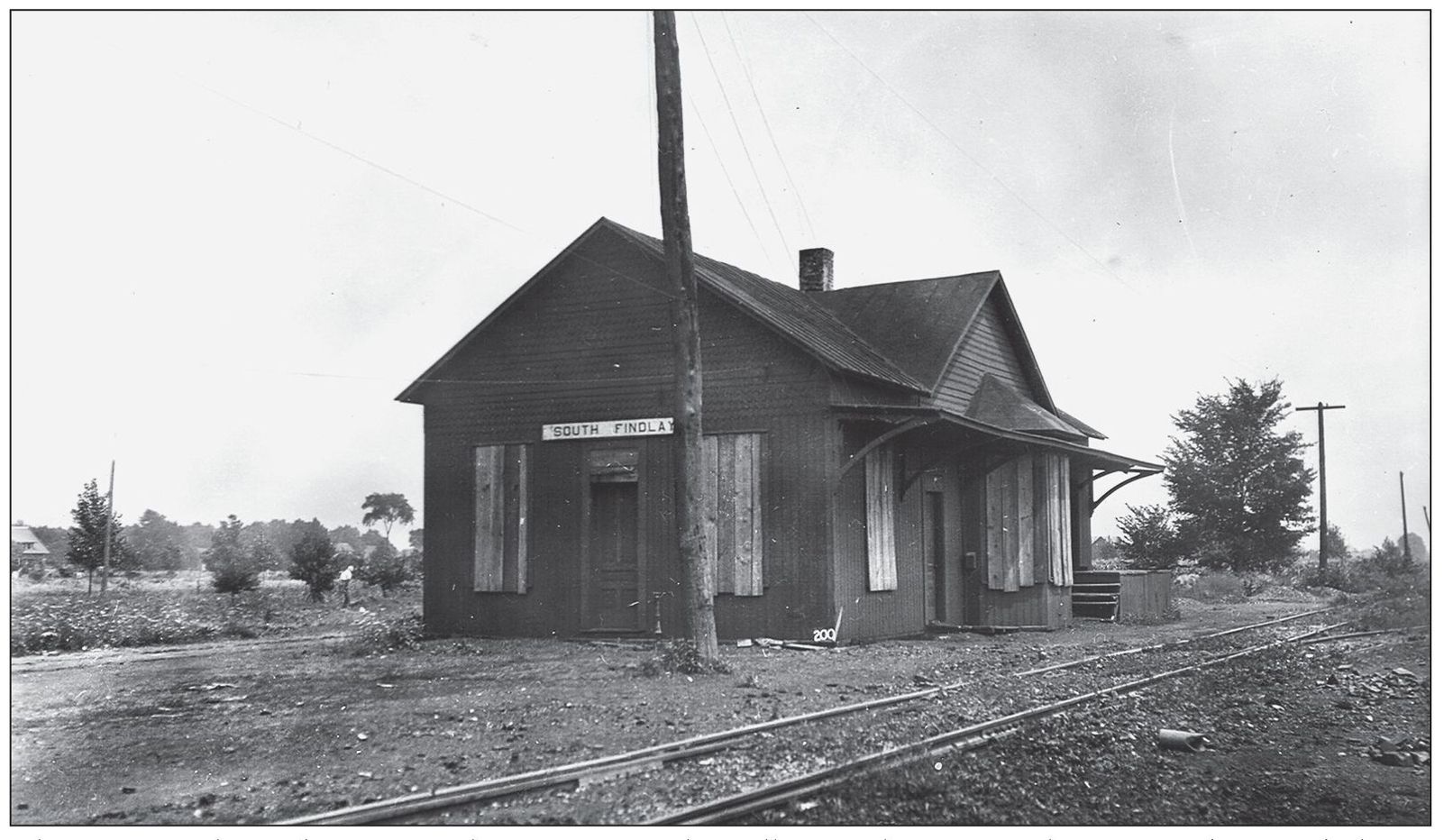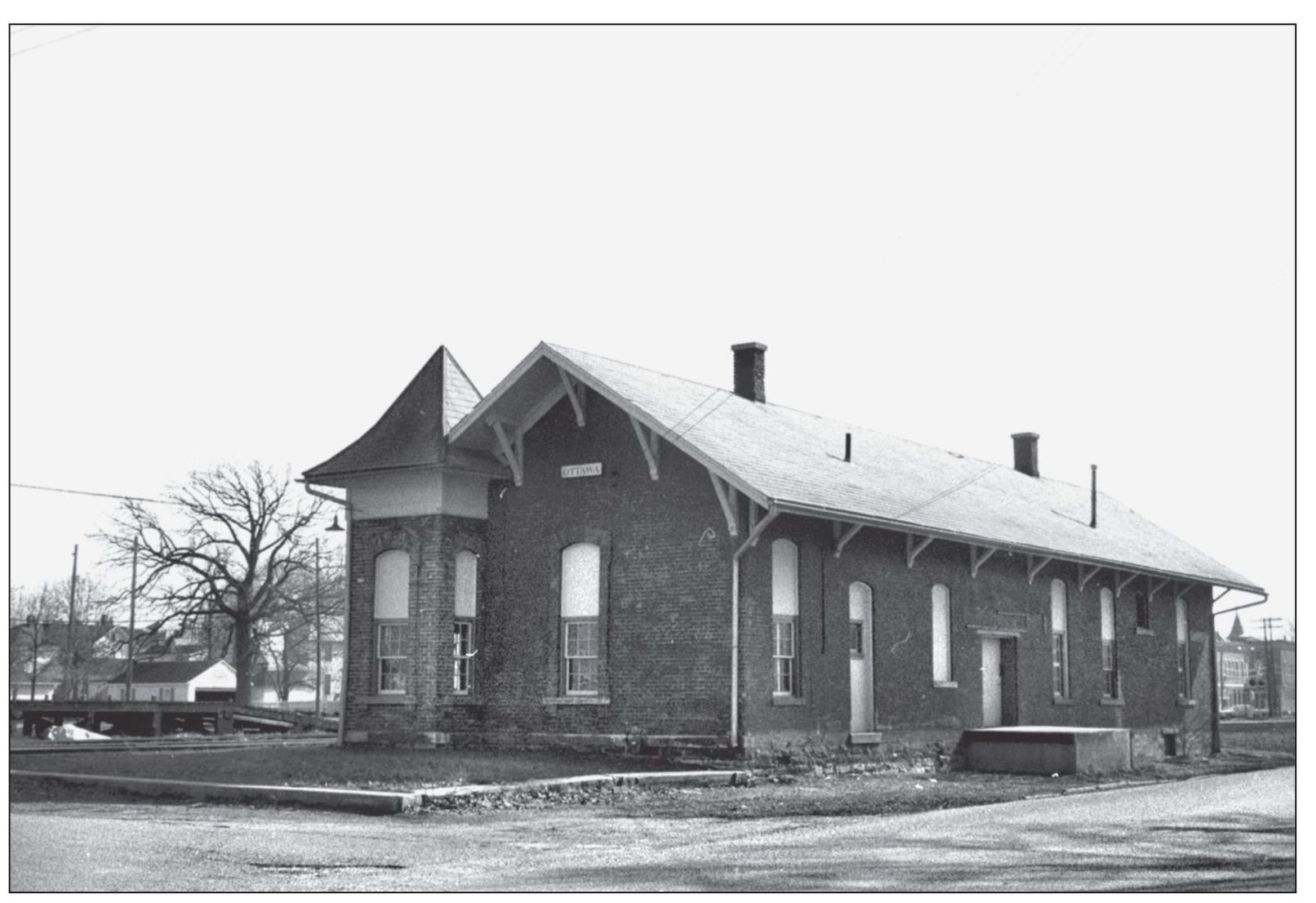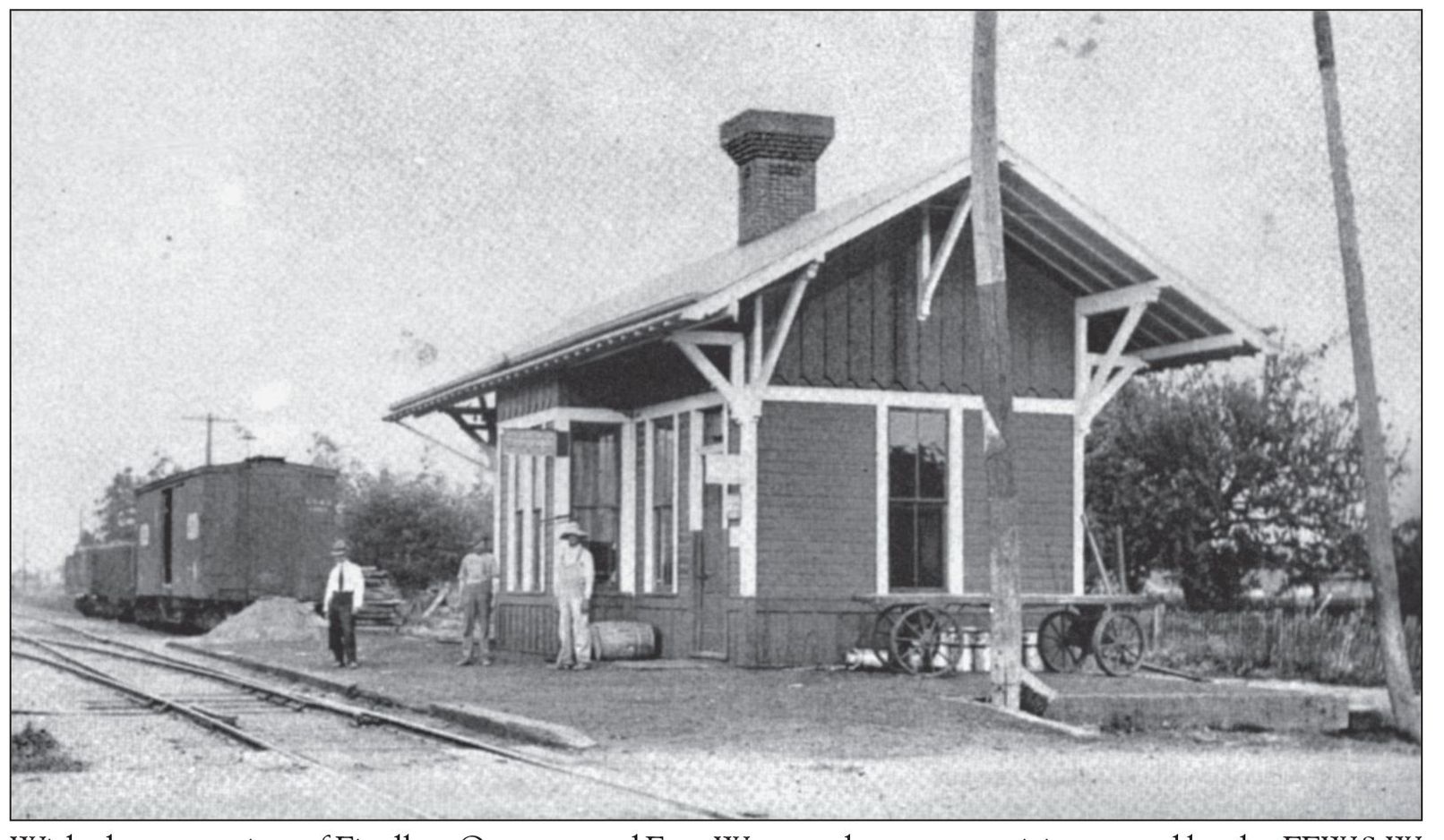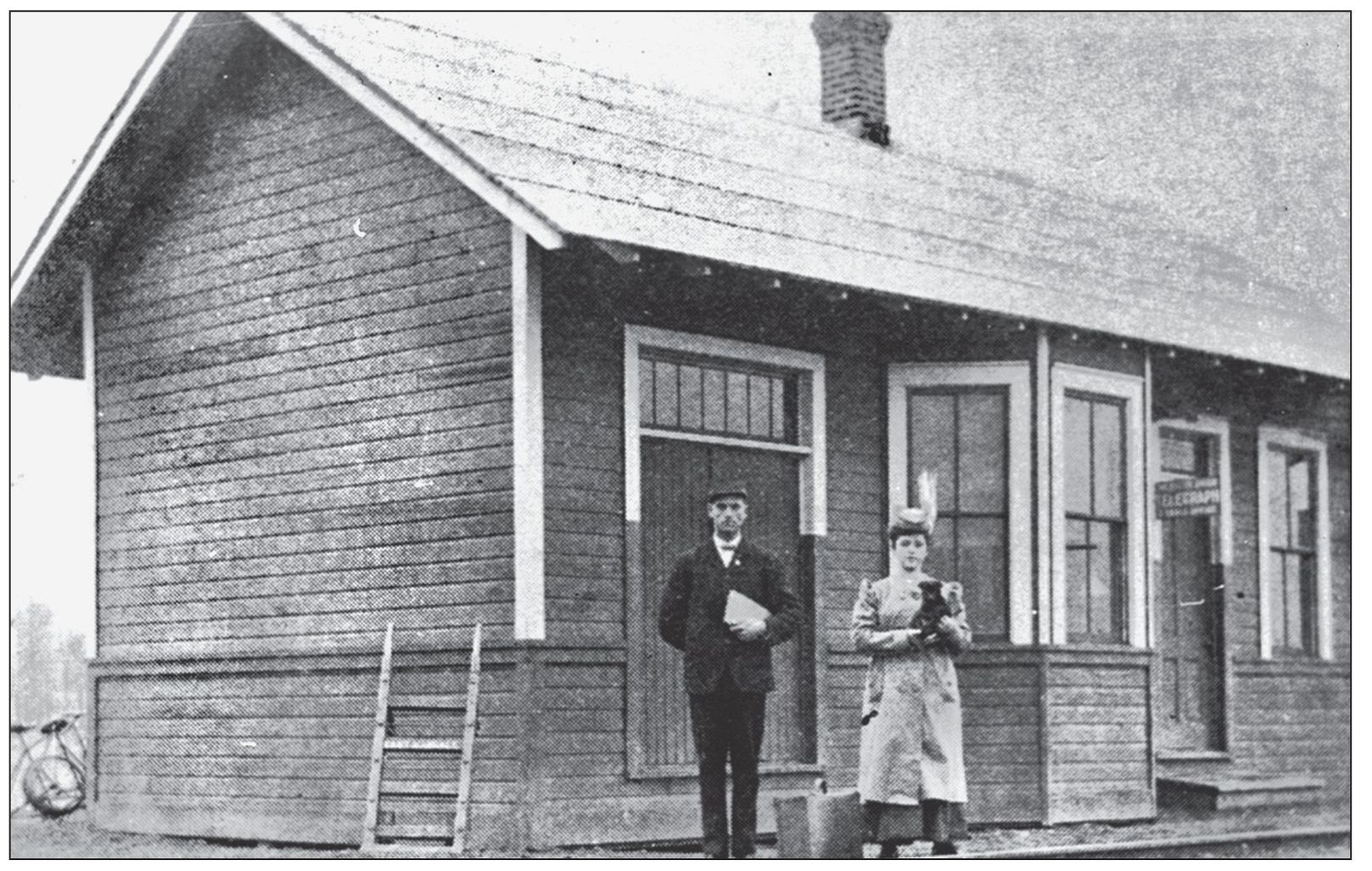Mark J. Camp - Railroad Depots of West Central Ohio
Here you can read online Mark J. Camp - Railroad Depots of West Central Ohio full text of the book (entire story) in english for free. Download pdf and epub, get meaning, cover and reviews about this ebook. year: 2006;2011, publisher: Arcadia Publishing, genre: Religion. Description of the work, (preface) as well as reviews are available. Best literature library LitArk.com created for fans of good reading and offers a wide selection of genres:
Romance novel
Science fiction
Adventure
Detective
Science
History
Home and family
Prose
Art
Politics
Computer
Non-fiction
Religion
Business
Children
Humor
Choose a favorite category and find really read worthwhile books. Enjoy immersion in the world of imagination, feel the emotions of the characters or learn something new for yourself, make an fascinating discovery.
- Book:Railroad Depots of West Central Ohio
- Author:
- Publisher:Arcadia Publishing
- Genre:
- Year:2006;2011
- Rating:5 / 5
- Favourites:Add to favourites
- Your mark:
Railroad Depots of West Central Ohio: summary, description and annotation
We offer to read an annotation, description, summary or preface (depends on what the author of the book "Railroad Depots of West Central Ohio" wrote himself). If you haven't found the necessary information about the book — write in the comments, we will try to find it.
Twelve railroad lines served west central Ohio around 1907 and were the lifeblood of the communities they ran through. Bellefontaine, Bradford, and Crestline became major terminals, and lesser known places like Dola, Ohio City, and Peoria also owe their existence to the iron horse. Around 300 depots served the west central region, with the earliest dating to the late 1840s. The depot was the center of activity in the smallest village to the largest city. Many of the depots no longer existvictims of progress, nature, or neglect. Some survive as historical museums, various businesses, and residences; a few remain in railroad use. The proud history of railroading lives on in the restored depots at Bucyrus and Galiontwo architectural gems of the Buckeye State. Railroad Depots of West Central Ohio shares a tale of the golden age of rail travel through vintage postcards and mid-20th-century photographs of selected depots and other railroad structures.
Mark J. Camp: author's other books
Who wrote Railroad Depots of West Central Ohio? Find out the surname, the name of the author of the book and a list of all author's works by series.

